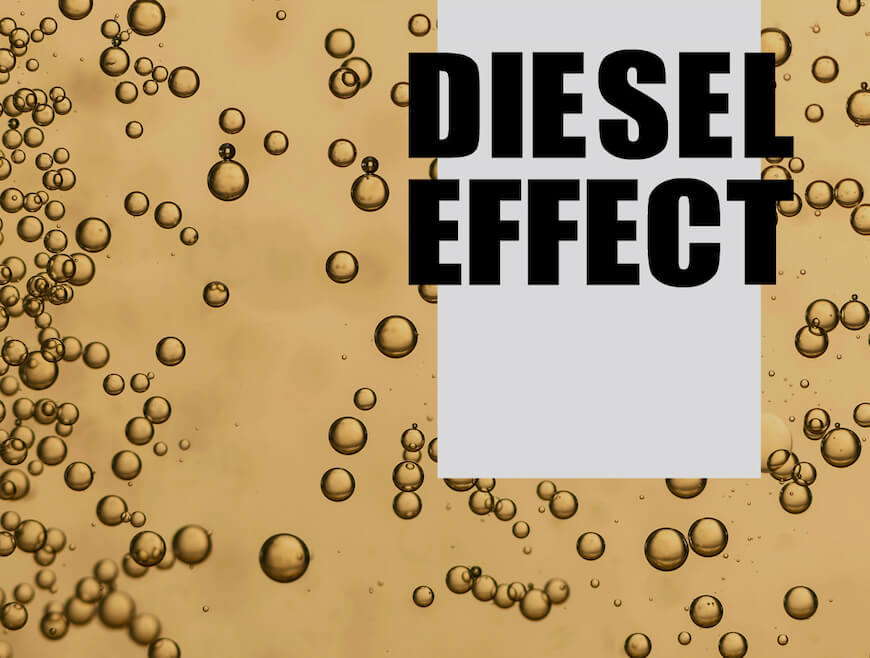
Diesel effect and sealing systems
As the name suggests, the term diesel effect refers to the combustion process in a diesel engine.
This phenomenon can be also observed in hydraulic systems: in addition to pressure peaks, oil aging, residues and destruction of seals are the outcomes.
Oil, in an oleodynamic system, can contains small amounts of air, which, in some cases, due to the vibrations, can form bubbles that may also contain oil vapors. The diesel effect occurs because of the cavitation of these bubbles in the oil.
Cavitation in hydraulic systems
Hydraulic oils contain dissolved air; the amount may vary depending on temperature, liquid and pressure. A cavitation is an expulsion of air from the hydraulic oil. This occurs when the oil is subjected to a certain pressure, a certain cutting movement or to vibrations.
It can happens in the suction lines, in the internal spaces of the pumps, in the transversal narrowings and, in hydraulic systems, where pulsations appear, and also, very often, inside the hydraulic actuators.
When the mass of moving oil is cutted, voids are formed, into which tiny air bubbles are released.
The Diesel effect
If the air bubbles generated by cavitation, which also contain oil particles, are subjected to a high pressure, the temperature of the gases inside the bubbles increases.
This strong temperature rise generates the diesel effect, which is a combustion in the hydraulic system. This combustion process lasts some milliseconds. If the air-oil mixture reaches a weight ratio of 7.5:1, and a temperature between 200-250 °C, it can spontaneously ignite as in the Diesel cycle engine.
Favorable conditions are easier to reach the higher the working pressure, for example above 100 bar of pressure.
Usually in a hydraulic cylinder the Diesel effect causes burns that occur initially in an area of about 15-20% of the total circumference of the guide, ie the area opposite to the area of maximum friction where the load is located radial of the piston, in which the cavitation of small air pockets is possible.
The higher the pressure sealing quality inside the cylinder, the greater the possibility of micro-explosion of the fluid.
Consequences of cavitation and the Diesel effect
Cavitation can have several negative effects, including material damage to the pump bodies, pressure relief valves, suction valves, and to the guide rings and sealing elements.
Altri effetti negativi della cavitazione possono essere ad esempio alterazione del flusso, riduzione dell'efficienza di pompe e ingranaggi a causa di perdite di riempimento, rumori, colpi d'ariete con picchi di pressione che superano la pressione del sistema.
The Diesel effect causes localized temperature rises and manifests itself in the form of oil aging, combustion residues, guide rings and loose or destroyed seals.
The consequences of cavitation and the diesel effect are not always immediately apparent. They are often noticed when it is already too late and is necessary a repair of the hydraulic system.
In view of the serious consequences of cavitation and the diesel effect, appropriate measures must be taken to avoid these phenomena.
This includes a sufficient filling of the suction chambers and low flow speeds, avoiding sharp angles, deviations and pulsating pressures, keeping controlled operating values such as speed and pressures and any dangerous vibrations.
Since it is impossible to produce sealing systems or guide rings capable of resisting the explosions in fluids, in order to extend the life of the sealing system itself, the best protection could be to eliminate as much as possible the presence of air by providing adequate valves on hydraulic circuits.

 Italiano
Italiano